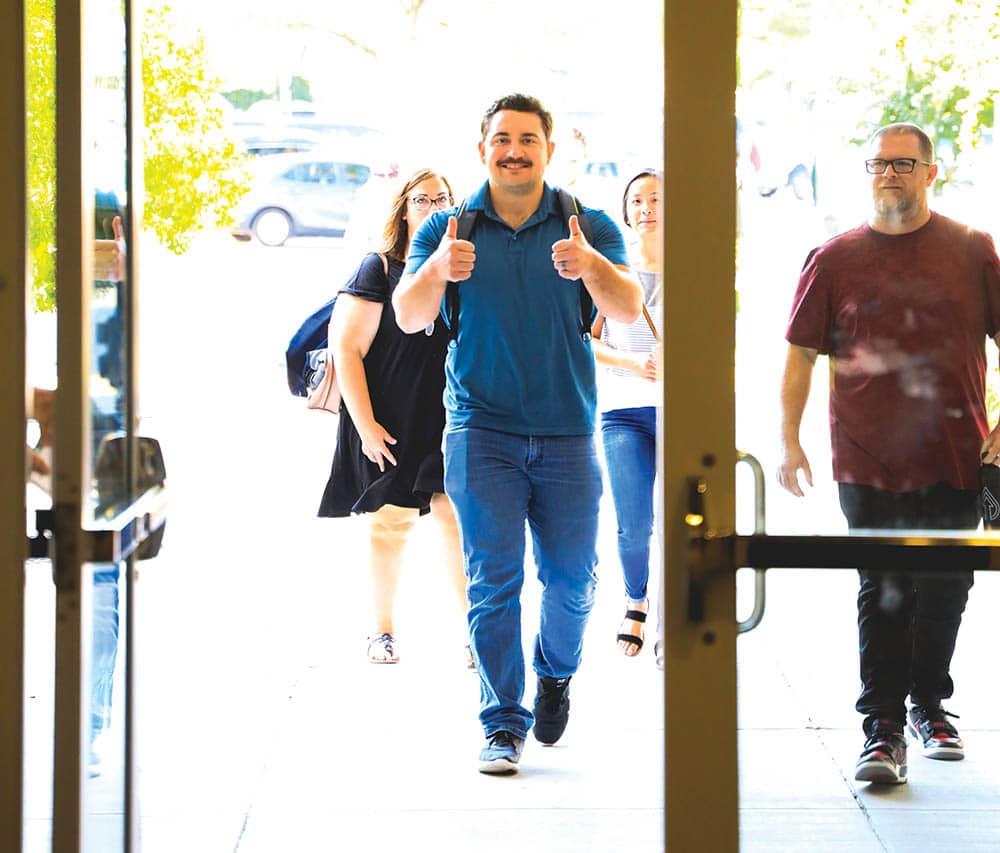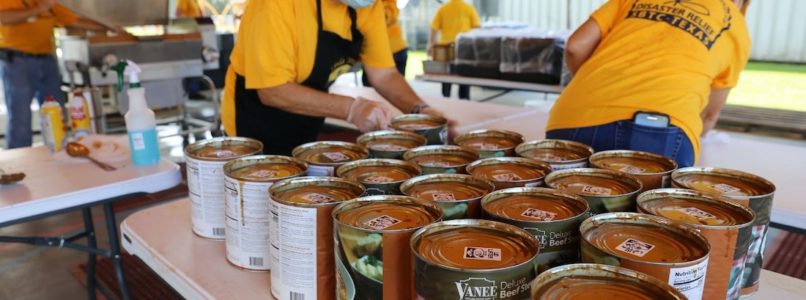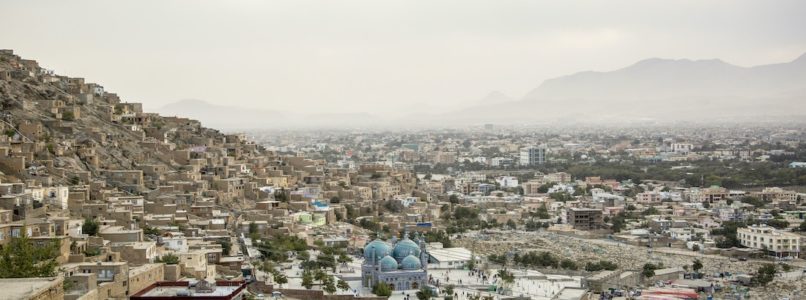ENNIS—Tabernacle Baptist Church in Ennis took the International Mission Board’s challenge to embrace an unengaged, unreached people group by establishing an active church planting strategy among them.
“None of this would happen without Cooperative Program dollars and our church’s heart for missions,” pastor Todd Gray told the TEXAN.
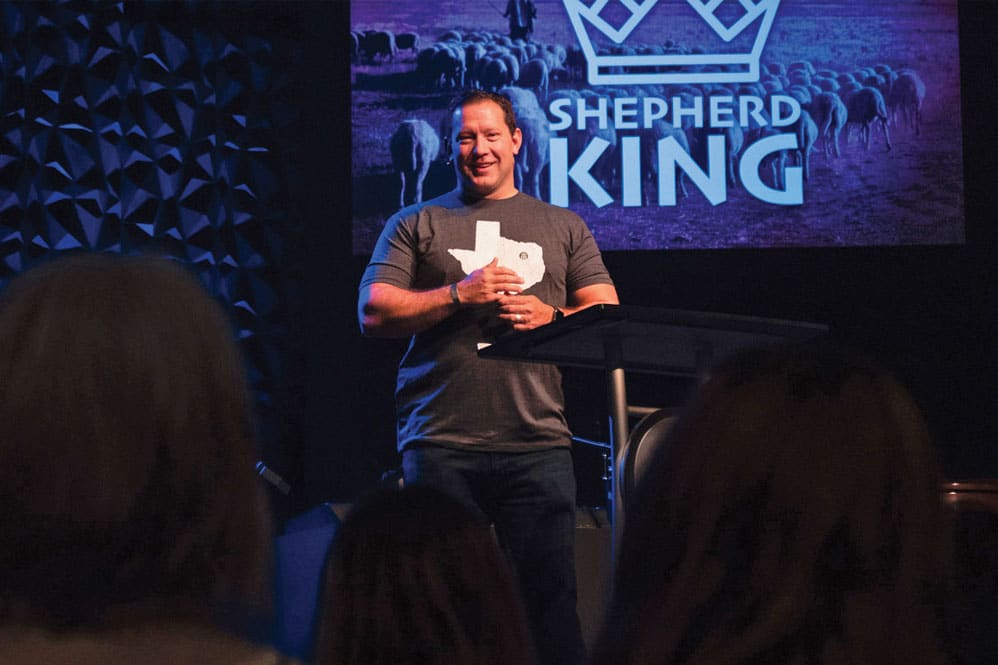
About 10 years ago, IMB helped Tabernacle identify an unengaged people group—one with no access to the gospel—in Southeast Asia.
“We not only went there and found the people group and interacted with them, we found out real quick that we couldn’t do it on our own—just a bunch of White Americans going to that part of the world,” Gray said.
“It’s one of the hardest places to get to. There’s a reason they’re unengaged. These last people groups that are unengaged, it’s not that way on accident,” the pastor said. “Either they don’t want you there, or it’s very hard to get to. All that proved true with these people, and we realized a local Southeast Asian would do much better than we would, so we started looking for a local missionary that we could partner with.”
After meeting with God-centered connections for a year and a half, Tabernacle found Danny, “a young man who already had a passion for that people group.”
“He said, ‘If you don’t support me, I’m going on my own,’” Gray recounted. “He had a bold vision.”
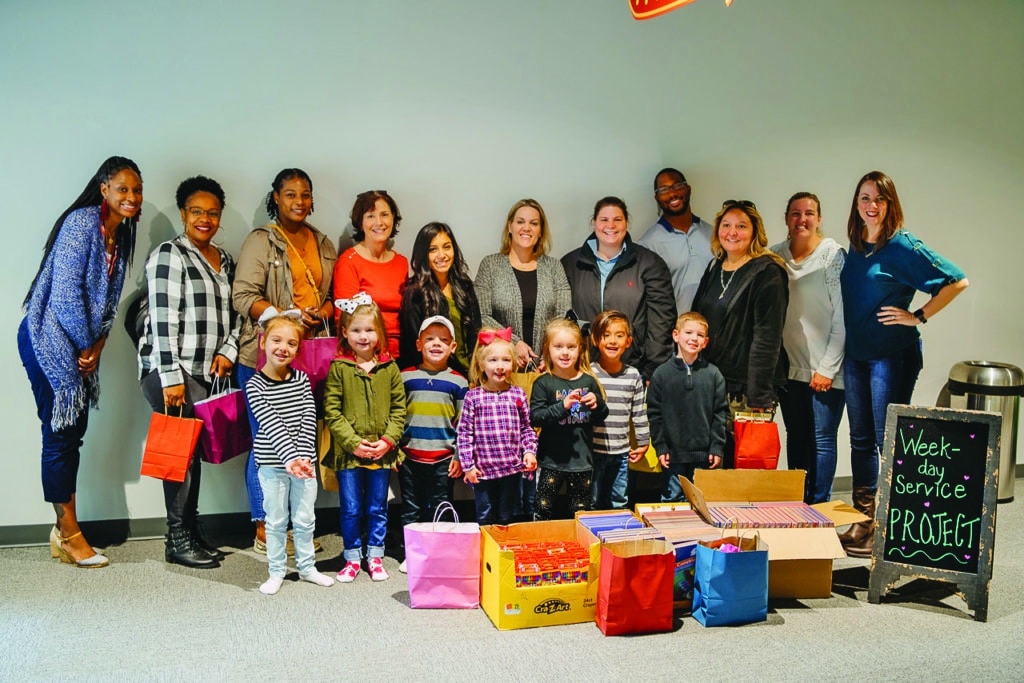
Tabernacle didn’t want to diminish its strong Cooperative Program giving in order to support a local believer, so they developed Project 138 based on Mark 1:38 where Jesus said, “Let’s go somewhere else and preach the gospel there also, for that’s what I came to do.”
God used the endeavor to change the DNA of the church, Gray said. Tabernacle challenged 100 people to give $38 per month to support the Southeast Asian missionary.
“That has supported us going over there many times, finding Danny, paying Danny,” Gray said. “Danny now has a wife and two children and a coffee plantation and a ginger farm, and he uses all of that as a platform to reach that people group,” Gray said.
The people group, Gray said, has been moved by IMB from the unengaged list to the unreached list, meaning it still has less than 2 percent of the population identifying as Christian, but the situation is improving.
“It’s miraculous that a little church in Ennis, Texas, got to be a part of penetrating the darkness,” Gray said.
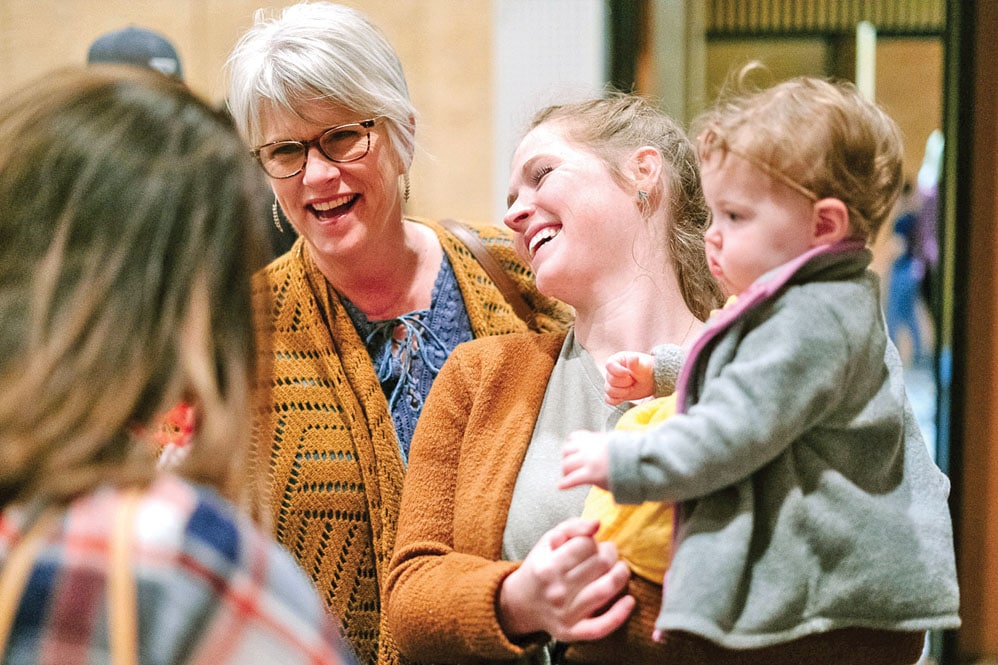
“They’re no longer unengaged. We are engaging them, and there is a church planting strategy, and we have a missionary that we support with the assistance of the International Mission Board, but really the dollars of those at Tabernacle Baptist Church have supported him and our missions movement 100 percent from the beginning.”
As the church dove into the missions task instead of just giving to missions, people started getting excited about doing ministry, the pastor said.
“You start going to other countries and sharing the gospel, and all of a sudden there’s boldness to come back home and start sharing the gospel,” Gray said. “I think they work together. That’s why it’s not just a global vision, it’s a glocal vision—a global and local vision working together that helps on the other side of the world and here. That’s why Acts 1:8 is one verse and not four different verses.”
Tabernacle now reaches the lost “not just in Ennis or Texas or America but to the ends of the earth” simultaneously, Gray said. “We’ve literally gone to the ends of the earth together.”
Gray has been pastor of Tabernacle nearly 10 years, and the church partners with the Southern Baptists of Texas Convention in part because they believe it’s important to affirm the Baptist Faith & Message 2000, he said.
For Gray, a highlight of being involved in the SBTC is the Young Pastors Network that meets several times each year, including at annual meetings. Not long ago, the group traveled to the IMB in Richmond, Va., to meet with leaders and see how work is done there.
The group was especially supportive during the early months of COVID-19, Gray said, when pastors didn’t know how best to handle protocols and were able to share a text thread about decisions they were making.
“All those basic questions, it was just nice to have other people that you trusted theologically to give you practical advice and know that their motivation was right,” Gray said.
Tabernacle’s vision is to be a biblically-rooted church that wants to help people overcome life’s emptiness through a deeper relationship with Christ and a connection to a family that cares, Gray said.
Still amid the pandemic, “there are new challenges, but we’re laser-focused on what God wants us to be about.”





